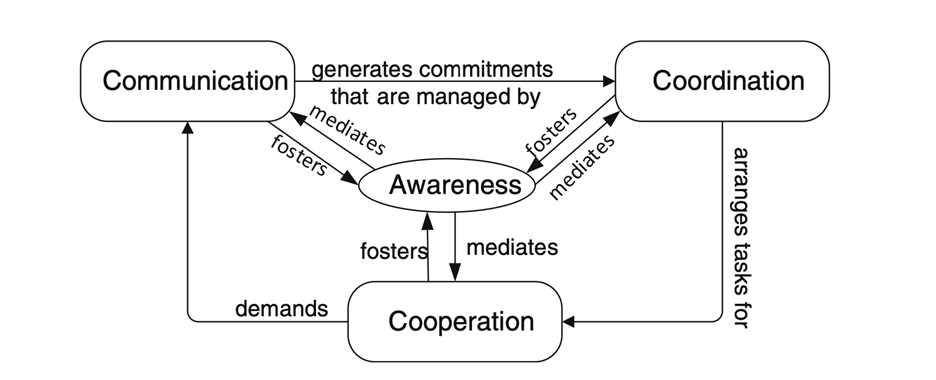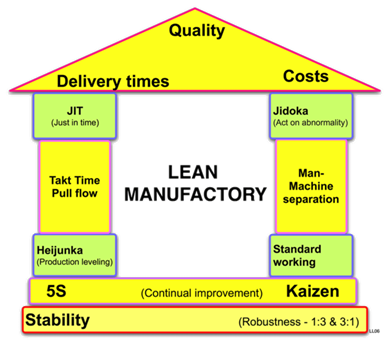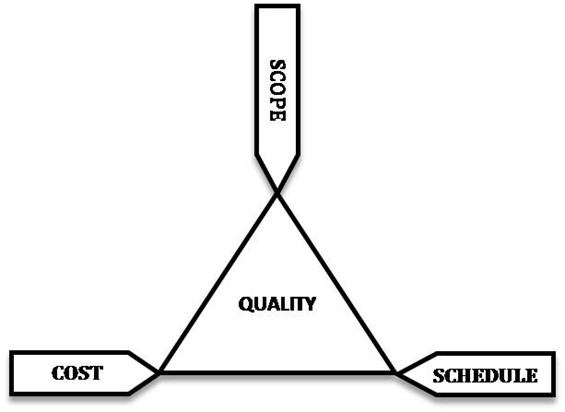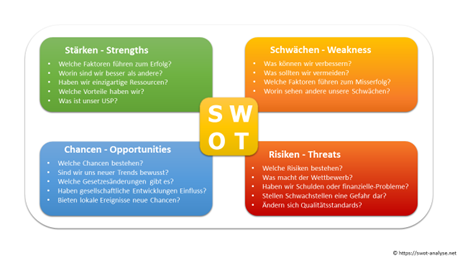
Three Attributes of Construction Sector PMs and Nine Important Concepts to Know
The role of an effective project manager has been studied and observed—scholarly researchers studying the managerial profiles of successful project managers (ref 3) observed common traits including extroversion, rational judging, and structured behaviors, for example. Another study from researchers at Embry-Riddle Aeronautical University (ref 1) found common traits of project managers to include openness to experience, surgency, adjustment, agreeableness, and compositeness.
I’ve previously written about how the construction industry needs more software project managers—particularly to address labor shortages (i.e., half a million, the ABC reported) as well as help absorb some of the displaced talent from big tech layoffs, I argued.
But what attributes might those PMs need entering the construction industry, and what are some of the important concepts construction PMs should know?
Three Traits that Make an Effective Construction PM
Certainly, the above-mentioned managerial profiles of project managers would be useful to have as a project manager in the construction industry.
If I had to choose just three traits needed of a construction project manager, they would be:
1. Adaptability
The construction ecosystem is one that is fragmented and requires a high degree of finesse from its practitioners. For example, did you know that the average home has 22 subcontractors working on it? Research from the National Association of Home Builders (NAHB; ref 2) found that builders, on average, employ two dozen different subcontractors and subcontract out 84% of their construction costs in the typical home they build.
The job of a project manager, then, is one that requires synchronization of many moving parts and coordination through many more project stakeholders. It’s ever-critical for project managers in the construction sector to understand change management modalities, for when equipped with these, they will be able to dynamically guide customers, stakeholders, and cross-functional project delivery partners through:
- Project kickoff and discovery to fully understand project scope.
- Resource allocation, organizational commitments/dependencies (and possibly technical debt) to strategically facilitate project scheduling in a way that is faithful to organizational resources and customer needs.
- Strong customer relationship management and project planning to ensure a high-quality customer experience while allowing for a dynamic response to (and also limiting the quantity of) change orders requested from customers.
2. Business Acumen
Forecasting construction projects properly is a mission-critical task that allows businesses to stay profitable, and it’s also a skill that requires business owners and important collaborators (e.g., project managers) to have great finesse.
A project manager might work in lockstep with a business analyst as well as an inventory manager, for example, to better calculate financial commitments annually through job costing, building financial reporting dashboards as well as project management dashboards, etc.
Seeking educational opportunities (e.g., understanding construction financial management) offered through the Construction Financial Management Association (CFMA) can help project managers strengthen these skillsets.
3. Collaboration
As hinted above, construction is a highly collaborative business sector that requires coordination (and cooperation) of a lot of critical cross-functional teams.

Above graphic credit: Fuks et al (ref a) via 4. Polančič (ref 4)
The best ways to achieve a higher degree of collaboration with fewer blind spots and information silos include:
- Adopting cloud-based collaboration tools – Online collaboration (e-collaboration) have been studied by scholarly researchers (ref 4) and prove to deliver a “mutually beneficial relationship between at least two people, groups or organizations, who jointly design ways to work together to achieve related or common goals and who learn with and from each other, sharing responsibility, authority and accountability for achieving results.” Common advantages of cloud-based systems, the researchers highlight, include:
- Usability – i.e., “SaaS should be easy to use, capable of providing faster and reliable services. User Experience Driven Design aims to maximize the usability, desirability and productivity of the application” (table 1).
- Efficiency – SaaS, cloud-based solutions allow “computers [… to] be physically located in geographical areas that have access to cheap electricity whilst their computing power can be accessed over the Internet” (table 1).
- Maintainability – “SaaS shifts the responsibility for developing, testing, and maintaining the software application to the vendor” (table 1).
- Collaborating with IT and construction technologists to build interoperability of systems (e.g., standardization of change orders, quality control and consistency through the systemization of processes through industrialized construction, standardization of IoT deployment, etc.) as well as the implementation of advanced technology to drive greater real-time visibility and quality assurance (e.g., site-observational drones; robots to automate procedural tasks with a greater degree of consistency, while also removing humans from needlessly dangerous situations, etc.).
Nine Important Concepts Every Construction PM Should Know
Now that we’ve covered the common traits that would make a project manager successful in the construction sector, what are some of the important concepts PMs entering the construction industry should know?
Here are nine important concepts to know:
1. The Five Stages of Project Management
The five stages of project management are equally applicable to the construction industry, which include the following:
- Project Initiation – The start of a project, typically including documentation of responsibilities, proposed work, expectations – e.g.,
- Project goals
- Scope of work
- Project organization
- Business case
- Constraints
- Stakeholders
- Risks
- Project controls
- Reporting frameworks
- Project initiation signoff
- Summary
- Project Planning – The high-level planning and scheduling of scoped work via tools like Gantt charts, project management software (e.g., for the construction industry, cloud-based tools like Procore, Contractor Foreman, Autodesk Construction Cloud, Monday Construction, Houzz Pro, etc.). Typical deliverables may include:
- Work breakdown structure
- Activity network diagram
- Project Execution – The completion of scoped work
- Project Control – Measures to prevent scope creep (see in next section), cost overruns, etc.
- Project Close – The conclusion of the project.
2. Scope of Work, Scope Creep, and Scope Management
The scope of work is the documentation in which features and functions of a project, or the required work needed to finish a project, are defined, typically involving a discovery process during which information needed to start a project is gathered (e.g., stakeholder requirements).
Scope creep refers to the continuous and/or expanding work requirements past the project’s original scope, which can happen at any point after the project begins. Scope management is the process of defining and managing the scope of a project to ensure that it stays on track, within budget, and meets the expectations of stakeholders.
Advertisement
[widget id=”custom_html-68″]
3. Lean Project Management
Project managers and project leaders in manufacturing industries may be familiar with lean manufacturing principles – lean construction is an industrialized construction method whereby companies approach the business of building things more effectively and efficiently by minimizing waste and maximizing value for all stakeholders.
The approach centers around:
- Minimizing waste.
- Reducing expenses.
- Boosting productivity.
- Improving quality over time.
- Increasing value for the customer.

Image Source: WikiCommons
Many resources exist for project managers looking to adopt lean construction – e.g., the Lean Construction Institute offers certifications, eLearning, whitepapers, membership, as well as a directory of lean practitioners, while the Lean Construction Blog offers a Lean Academy, conferences, webinars, and its industry-known podcast. Consider, for example, a recent interview I conducted with a Milwaukee Tool continuous improvement leader about lean management and industrialization as one additional resource to get started with IC and lean principles.
4. Project Management vs Program Management
Harris & Associates, a civil engineering and construction management company that ranks in Engineering News-Record’s Top 100 Construction, defines project management versus program management (i.e., project manager versus program manager) in the construction industry as follows:
- Program management/program manager – management of large portfolios encompassing multiple projects on multiple sites (they provide the example of a K12 school district, where the program manager may be responsible for upward of 10 elementary schools, five middle schools, and two high schools).
- Project management/project manager, meanwhile, will “manage work on one of the schools [… handling] the single project from cradle to grave: pre-design, design process, bid/award, construction and close-out.”
5. Project Management Triangle
The project management triangle is a model employed by project managers that dates back to the 1950s and it “contends” the following principles:
- The quality of work is constrained by the project’s budget, deadlines, and scope (features).
- The project manager can trade between constraints.
- Changes in one constraint necessitate changes in others to compensate or quality will suffer.

Image source: WikiCommons
6. Scrum
Project managers from the tech and software development industries may be well familiar to scrum, though its principles are equally useful for contractors. Scrum, simply put, is a framework that helps teams work together while empowering teams to learn through experiences, prioritizes self-organization while working through problems, and encourages ongoing reflection in the constant pursuit of continuous improvement.
7. SWOT Analysis
SWOT analysis is a commonly used business tool and acronym for Strengths, Weaknesses, Opportunities, and Threats, described as a “framework used to evaluate a company’s competitive position and to develop strategic planning.”

Image Credit: swot-analyse.net via WikiCommons
8. Quality Management
Quality management (aka: total quality management or TQM) is defined as “the act of overseeing all activities and tasks that must be accomplished to maintain a desired level of excellence [… including] the determination of a quality policy, creating and implementing quality planning and assurance, and quality control and quality improvement.”.
Examples of quality management in the construction industry may include procurement managers assuring that materials to be used are not damaged; tools and equipment used to perform work are properly serviced, calibrated, and not out of specification; the right tools to drive the highest degree of quality are employed (e.g., consider, for example, how M18 FUEL™ Controlled Torque Impact Wrenches utilize proprietary sensors and machine learning algorithms to drive greater repeatability for solar installers).
9. Servant Leadership
Servant leadership is described as a “leadership style that prioritizes the growth, well-being, and empowerment of employees [… aiming] to foster an inclusive environment that enables everyone in the organization to thrive as their authentic self.” What’s more, Investopedia describes servant leadership as embodying “a decentralized organizational structure.”
The application of servant leadership in the construction industry has been studied by researchers for the SA Journal of Industrial Psychology and findings have “indicated”…
… job resources mediated a positive relationship between servant leadership and work engagement and a negative relationship between servant leadership and burnout. Servant leadership had a positive significant relationship with job resources and significantly explained a proportion of the variance in job resources. Job resources, in turn, significantly explained a proportion of increase in work engagement levels and a proportion of reduction in burnout levels. An insignificant relationship was found between job demands and servant leadership.
Final Word
The work of project managers in the construction industry shows great promise and represent continually important roles to maintain scope management, resource allocation, budgets, and schedules as the industry faces strong headwinds. For those entering the industry, your work will be highly valued, and you may find a fruitful career when shifting from more volatile industries. The above construction PM traits and industry concepts are intended to be useful in this transition. For project managers in (or entering) the construction industry, I’ve also prepared a more extensive List of Construction Project Management Terms.
References
-
Henkel, T. G., Haley, G., Bourdeau, D. T., & Marion, J. (2019). An insight to project manager personality traits improving team project outcomes. Graziadio Business Review, 22(2). Retrieved from https://commons.erau.edu/publication/1353
-
Emrath, E. (2020, 12). Average new home uses 24 different subcontractors [Data set]. National Association of Home Builders. https://www.nahb.org/-/media/NAHB/news-and-economics/docs/housing-economics-plus/special-studies/2020/special-study-average-new-home-uses-24-different-subcontractors.pdf
-
Montequin, V.R, Nieto, A.G., Ortega, F, and Villanueva, J. (2015). Managerial style profiles of successful project managers: A Survey. Procedia Computer Science 64, 55-62, https://doi.org/10.1016/j.procs.2015.08.463
-
Polančič, G., Jošt, G., and Hericko, M (2015, 02). An experimental investigation comparing individual and collaborative work productivity when using desktop and cloud modeling tools. Empirical Software Engineering 20(1), http://dx.doi.org/10.1007/s10664-013-9280-x
-
Fuks, H., Raposo, A., Aurelio Gerosa, M., and Lucena, C. (2005, 06). Applying the 3C model to groupware development. International Journal of Cooperative Information Systems 14(2):0218-8430, http://dx.doi.org/10.1142/S0218843005001171